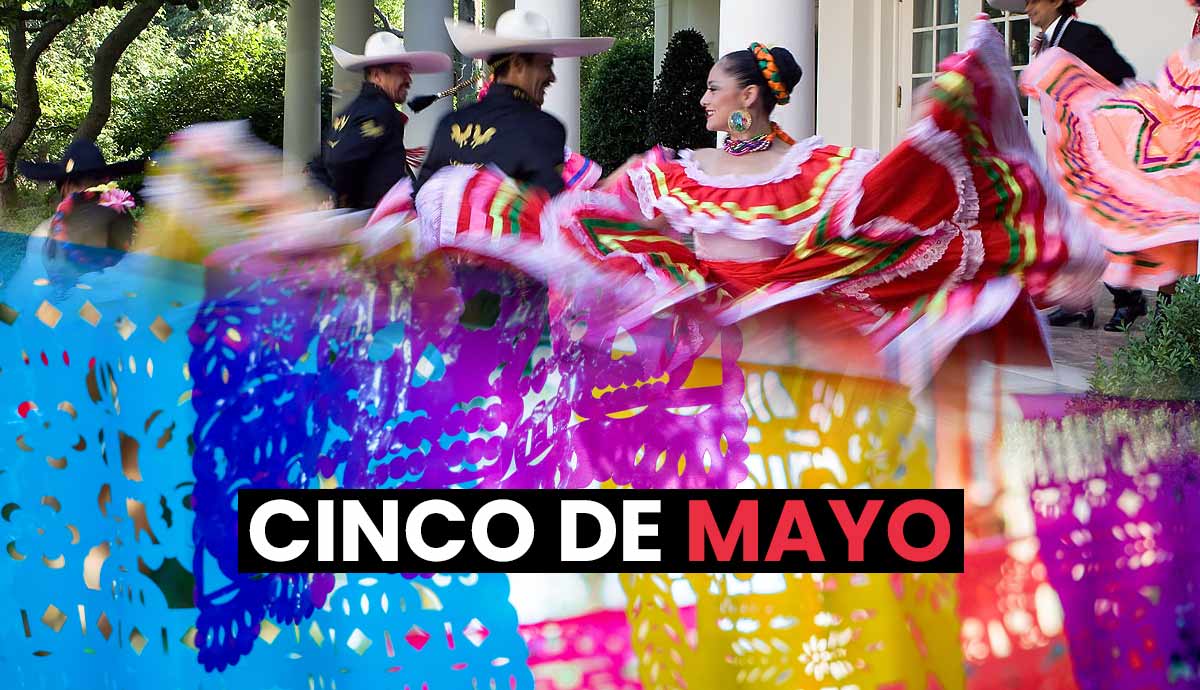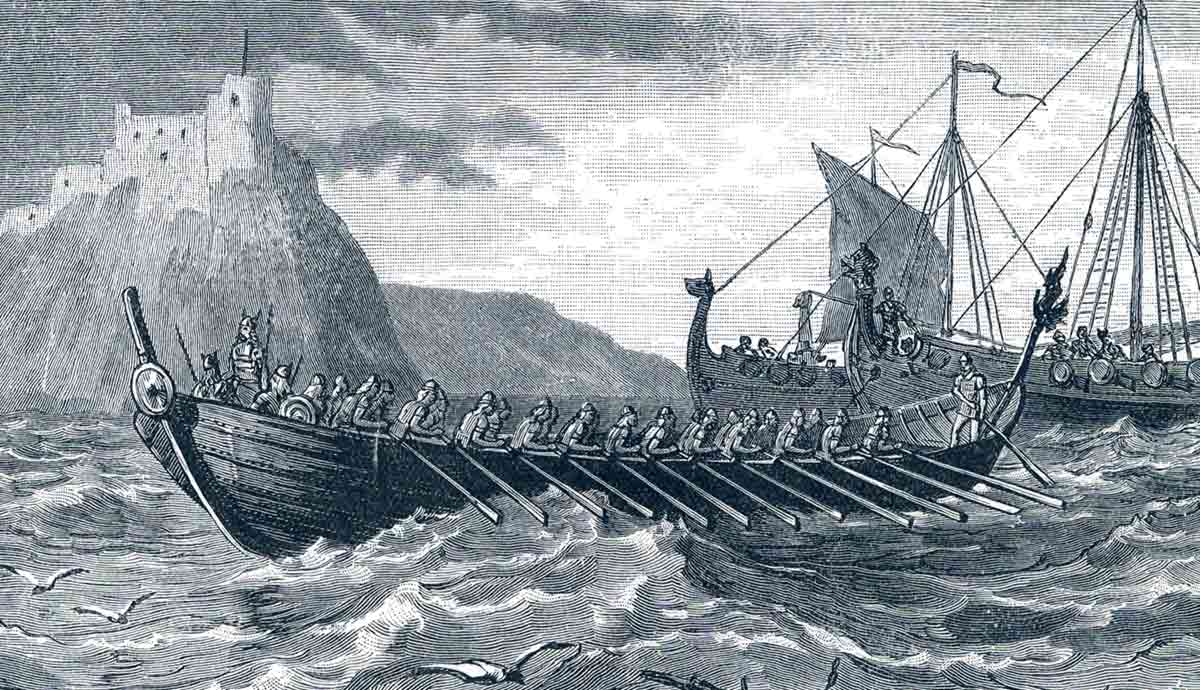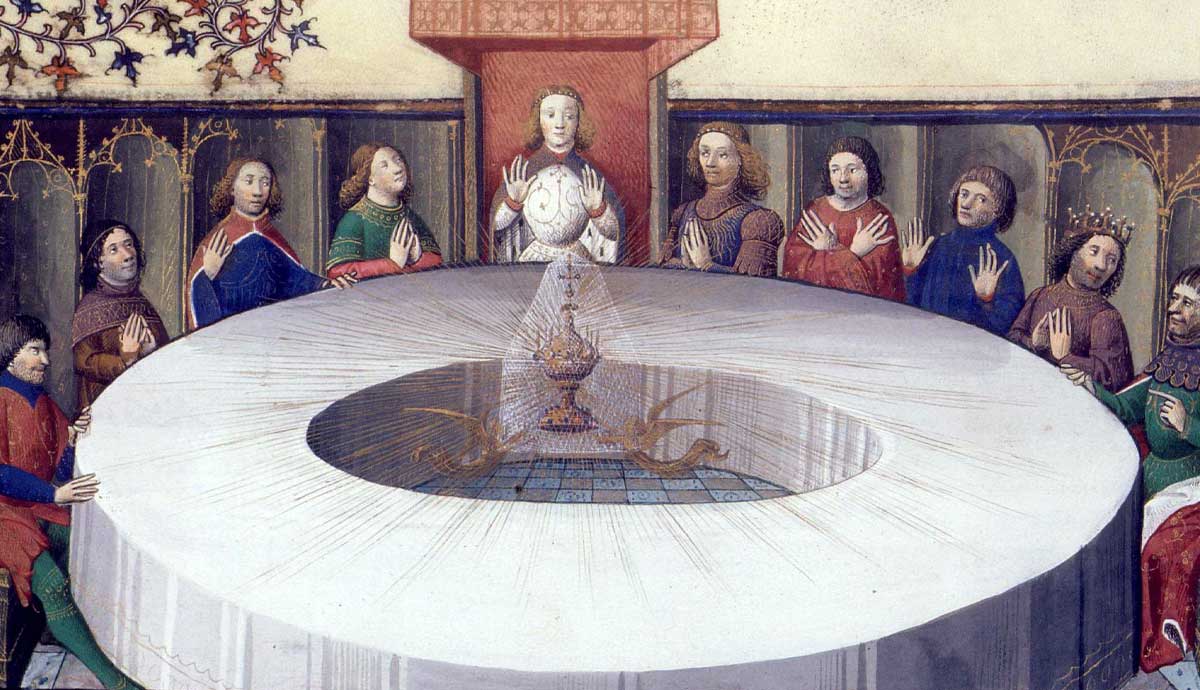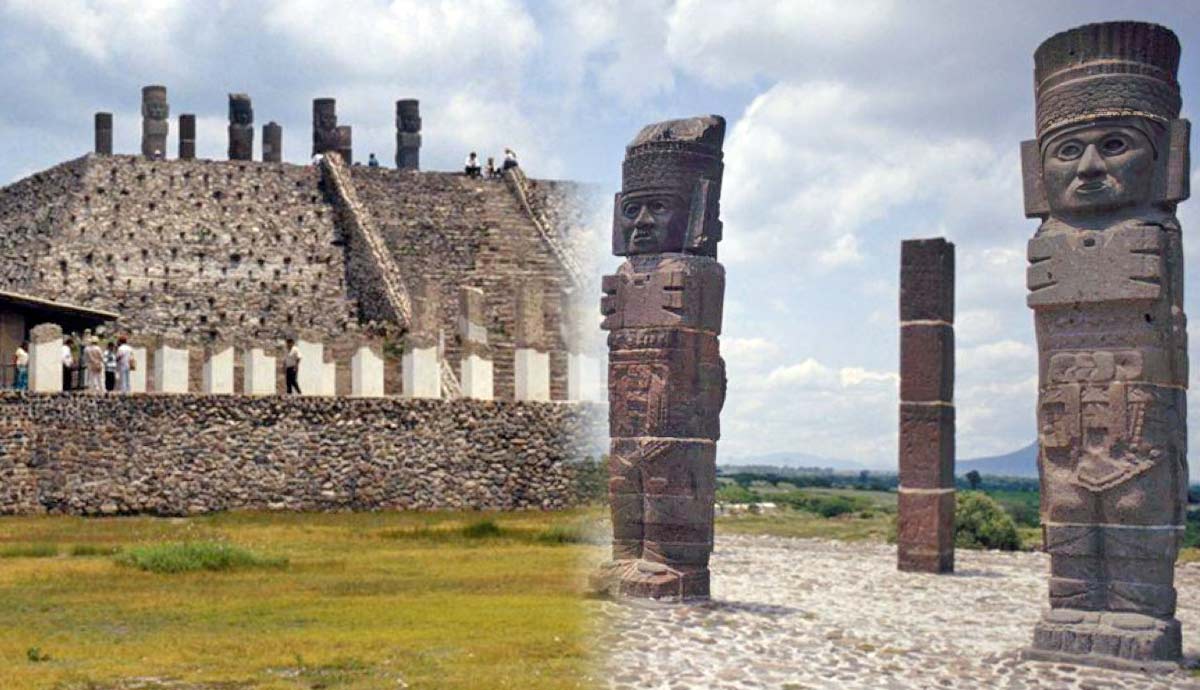
The celebration of Cinco de Mayo is unique: a civic holiday from one country that emigrated and found a home—and a more enthusiastic crowd—in another nation. It’s not an official holiday in the United States, but it almost feels like one. How is it possible that Cinco de Mayo, a date on the Mexican patriotic calendar, became a fiesta in the United States? And why do so few people celebrate the day in Mexico?
Feliz Cinco de Mayo, amigos!

For years, Cinco de Mayo (May 5th) has been celebrated in the United States as a patriotic, colorful, and joyful day that commemorates the military glories… of the neighboring country. For two days, the spirit and culture of Spanish-speaking, mostly Catholic, and predominantly Hispanic Mexico make their presence felt, especially in California and large cities like New York and Chicago. The gastronomy, music, and arts of Mexico are showcased everywhere. Many Americans, despite criticism over cultural appropriation, even dress up in sombreros, sarapes, and stereotypical mustaches, gladly embracing Mexican identity for an afternoon.
Could it get any stranger? How about the president of the United States—a nation that has invaded Mexico more than once—hosting a reception in the White House gardens, where he greets guests in Spanish, loads up on guacamole and Tres Leches cake, and celebrates the achievements of Mexican-Americans (who make up about 12% of the country’s population)?
Resisting French Aggression

The story of Cinco de Mayo begins on yet another continent, in France of the Second Empire. In 1861, Napoleon III decided it was in his country’s interest to support the establishment of a monarchy in Mexico. The pretext for the invasion was a debt moratorium decreed by President Benito Juárez due to an acute shortage of funds: the national coffers were empty.
On May 5, 1862, near the city of Puebla located a few miles from the Mexican capital, the powerful French army—previously victorious in Crimea and Sevastopol—faced off against a poorly equipped and underfed Mexican force, mostly made up of forcibly recruited peasants. “We are so superior to the Mexicans in race, organization, discipline, morality, and elevation of feeling that I beg your Excellency to inform the emperor that I am already master of Mexico,” wrote French General Lorencez to Napoleon III.
The Improbable Feat of Ignacio Zaragoza

For the French, Puebla seemed a mere formality, a battle they did not even need to fight. But they did. The two very uneven armies clashed on the outskirts of town. And disaster struck the French troops. That morning, the French soldiers had been confidently brewing coffee in front of the Mexican army. By night, in heavy rain, the “red pants,” les pantalons rouge, as the French army was known, were fleeing, some on horseback, back to the east, not knowing what hit them. The man responsible for the Mexican victory was a 33-year-old general born in Texas—when it was still part of Mexico—named Ignacio Zaragoza.

The following year, the French returned with six times as many troops, occupied Mexico for five years, and installed a puppet king, Emperor Maximilian I, and his tragic wife, Charlotte of Belgium. But eventually, the Mexican Republic prevailed. President Juárez decreed that the patriotic feat of Zaragoza would be commemorated every May 5th for the glory of Mexico.
The Origins of Cinco de Mayo: American?

Today, almost nothing happens in Mexico on Cinco de Mayo. All Mexicans go to work or school, and with the exception of the city of Puebla, the day goes largely unnoticed. But across the border in the US, the day can take on carnival proportions. In the 1990s, for example, the Cinco de Mayo parade in Los Angeles drew crowds of up to half a million people.
Returning, for a moment, to 1862—Texan Ignacio Zaragoza (born near modern-day San Antonio) is standing over the defeated French army, telegraphing President Juárez that “the national arms have been covered in glory.” Zaragoza was Mexican—it’s important to note that the southern United States was once Mexican territory, and many Mexicans lived in what is today California. When the territory came under US control in 1848, these “Californios” retained loyalty to Mexico, commemorating important dates.
When news of the victory in Puebla reached Mexican Americans in Los Angeles and other cities, they went from despair to joy, organizing contributions to support the Mexican cause. A newspaper, La Voz de Méjico, urged: “Would it not be fitting that, here in California, some show of appreciation be made, which those valiant men merit who have spilled their blood in defense of the homeland?” Among these Californios, the idea was born to celebrate and remember the men of Cinco de Mayo each year.
Over the years, they organized vibrant Cinco de Mayo celebrations, including food cooperatives, parades, dances, and musical performances. They also collected donations to support Juárez in his war against the French.
The Confederacy Factor

These early Cinco de Mayo celebrations found support not only among Mexican-Americans but also among Americans themselves, especially because Juárez and Lincoln were allies, and the French had expressed their intent to help the Confederacy. Michel Chevalier, one of the strongest advocates of French intervention and a close advisor to Napoleon III, wrote:
“France must oppose the absorption of Southern America by Northern America. She must equally oppose the diminution of the Latin races on the other side of the ocean; in fine, she desires to guarantee the integrity and security of her West India colonies. The interest which guides the sympathies of France toward the side of the seceding States, has conducted her flag to the walls of Mexico. The recognition of the Southern States will be the consequence of our intervention; or rather our intervention has prepared, facilitated and rendered possible the diplomatic act which will consecrate final separation-secession in the United States.”
Thus, both the Union and Mexico saw France as a common enemy, and May 5th came to symbolize a shared struggle for unity and freedom. Cinco de Mayo became a historical event that linked Mexico and post-Civil War America.
La Fiesta is Revived—With a Twist

During the rest of the 19th century, Mexican clubs in California continued to celebrate Cinco de Mayo, with some interesting additions: the American flag and portraits of George Washington. Civil and Mexican War veterans donned their uniforms and gave speeches side by side, as though from twin movements.
In the 1960s, the Chicano movement—part of the broader civil rights struggle in the US, but specifically focused on Mexican-Americans—gave new impetus to the holiday. Leaders like César Chávez and Dolores Huerta used Cinco de Mayo as a symbol of Mexican resistance, re-emphasizing its cultural aspects to promote Chicano identity and pride, while the growing flow of Mexican migrants to the US strengthened and gave a social base to the festival. This focus on Mexican heritage and Cinco de Mayo led many Americans to wrongly believe the day marked Mexico’s Independence Day, actually celebrated in September.
The Commercialization of Cinco de Mayo

Ultimately, it wasn’t activists but corporations that gave Cinco de Mayo its modern identity. By the late 1980s, large companies recognized the day’s marketing potential, first targeting Latino consumers by sponsoring musical performances and cultural events, and later appealing to the general population. Mexican beer companies, looking to expand their share of the US market, seized on the opportunity. They made Cinco de Mayo one of the biggest drinking holidays in America—even if most people misunderstood its origins. When asked what “Cinco de Mayo” commemorates, many incorrectly guessed “Mexico’s Independence Day” or “the end of French rule in Mexico.”
In a way, this commercialization represented a small cultural victory for Mexico over its powerful northern neighbor, and yet, as we have seen, it is also a genuine American holiday.
Meanwhile, Back in Mexico

South of the Rio Grande, the natural border that separates Mexico from the US, Cinco de Mayo has largely been forgotten. While modern calendars still note “Anniversary of the Battle of Puebla,” and the city of Puebla hosts a speech, the rest of the country goes about its business as usual. Most Mexicans today know little about the Battle of Puebla.
There is a reason for this “forgetfulness”: Cinco de Mayo was one of the favorite holidays of Mexican dictator Porfirio Díaz (1884-1911), a brave military officer who participated in the battle, earned glory, and later, as president of Mexico, overstayed his welcome for more than thirty years. The revolution that overthrew him found it more relevant to celebrate new heroes and dates—like Francisco Madero and the 1917 Constitution—rather than holidays linked to the dictatorship.
Cinco de Mayo, a holiday born in Mexico to celebrate resistance against foreign invaders, ironically found its most enthusiastic following in a foreign land.









